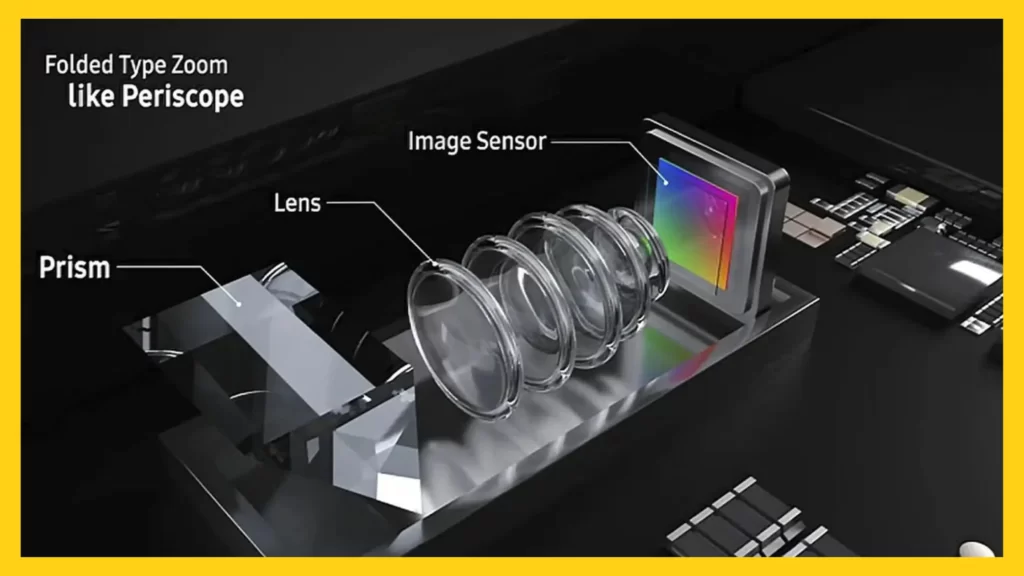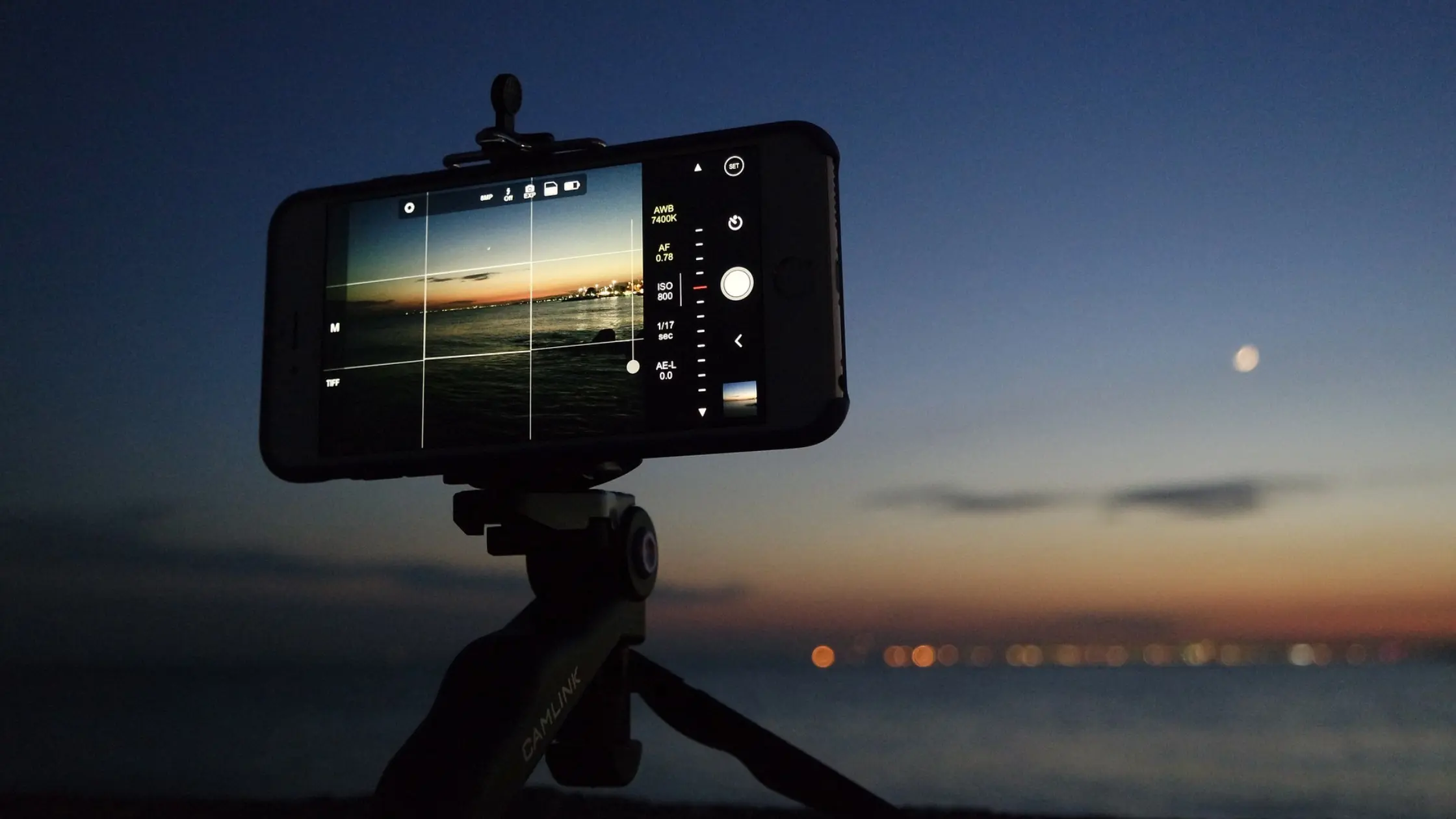Introduction
Most smartphones now come with periscope cameras. But what are they? What do they offer? Do you have such questions in your mind? If so, then this blog is for you only. In this blog, we will uncover the science behind the periscope cameras in detail.
Let’s dive right in,
We will begin by understanding about the periscope lens.
What is a Periscope Zoom Lens?

The periscope camera is also known as the periscope zoom lens because of the way the camera’s zoom lens array is positioned. Periscope camera gets its name from the eponymous instrument that is used on submarines and ships that lets the users see objects above sea level. It makes use of a combination of mirrors or a prism to bend the light. Smartphone makers use the same concept to increase their zooming range.
To understand this in a better way, let us look at how the different camera components are placed. On the backside of the smartphone, there is a round space where the camera is installed and then fitted with a protective plastic/ glass layer. This layer protects the lens as well as the camera unit.
Moreover, when the camera captures the light information to make a picture, it enters the camera straight away and goes directly through that lens array and then on the camera sensor.
How Do Periscope Cameras Work?

It is not clear how Apple plans to implement a periscope lens, but in general, the technology makes use of a prism or mirror to refract the light onto the lens sensor for magnification purposes with the mechanics of the lens. It is built into the inside of a cellphone in place of the outside, such as a traditional zoom lens for the DSLR.
The periscope lens technology has also advanced enough that now in smartphones the lenses are compact and tiny enough to fit in the normal lens. They do not even take up much internal space as well.
What Are The Benefits Of Periscope Cameras?
The maximum optical zoom range that is provided by the periscope architecture is higher as compared to a phone with a regular 2X telephoto camera with lens elements that are stacked vertically.
In all such cases, if you wish to enhance the optical zoom, then the camera bump should be much thicker. However, smartphone makers have the flexibility to make periscope tunnels much longer by slightly changing the other internal components of the phone. This increases the hybrid zoom out put which is significantly better than the digitally zoomed images.
Moreover, if a phone has a Periscope telephoto lens, it can offer a hybrid zoom range of 10X or even higher depending on the tunnel length and the lens element arrangement.
But the phone has a vertically stacked fixed-range telephoto lens that will be limited to a small optical and hybrid zoom range. At the end of the day, periscope design is what makes crazy 100X space zoom on the Galaxy S20 ultra possible.
So, next time you are purchasing a smartphone, make sure to check if it has a periscope camera!

